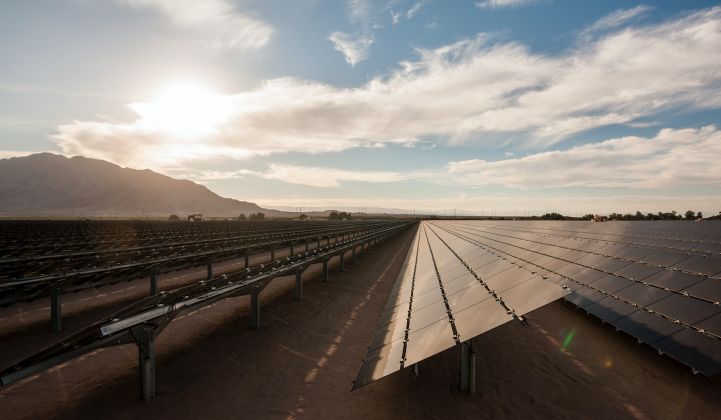Forget everything you think you know about solar.
A growing body of research and real-world experience shows that solar can be a flexible, dispatchable resource. And it can potentially rival gas plants in providing grid regulation services — without the use of batteries.
We’ve had the technology to allow solar and wind to provide grid services for years. So how do we open up markets to unleash their full potential?
In this episode, we’ll look at some new modeling from First Solar, E3 and Tampa Electric Company that outlines how to use utility-scale solar power plants for spinning reserves, load following, voltage support, and frequency response. (Read Colin Meehan's tweet storm about the report, mentioned on the show.)
The conversation is broken into four parts:
- What exactly is flexible solar?
- Why does it matter if solar is flexible?
- What does it take to operate solar flexibly?
- What are the market-design implications?
We’ll explain why solar doesn’t have to be a binary, on-off resource.
Support for this podcast comes from Wunder Capital. Wunder Capital is the leading commercial solar financing company in the United States. Click here to find out how Wunder Capital can help you finance your next commercial solar project.
Subscribe to The Interchange podcast via Apple Podcasts, Google Podcasts, Stitcher, Spotify or wherever you find your audio content. Or integrate our RSS feed into the app of your choice.



